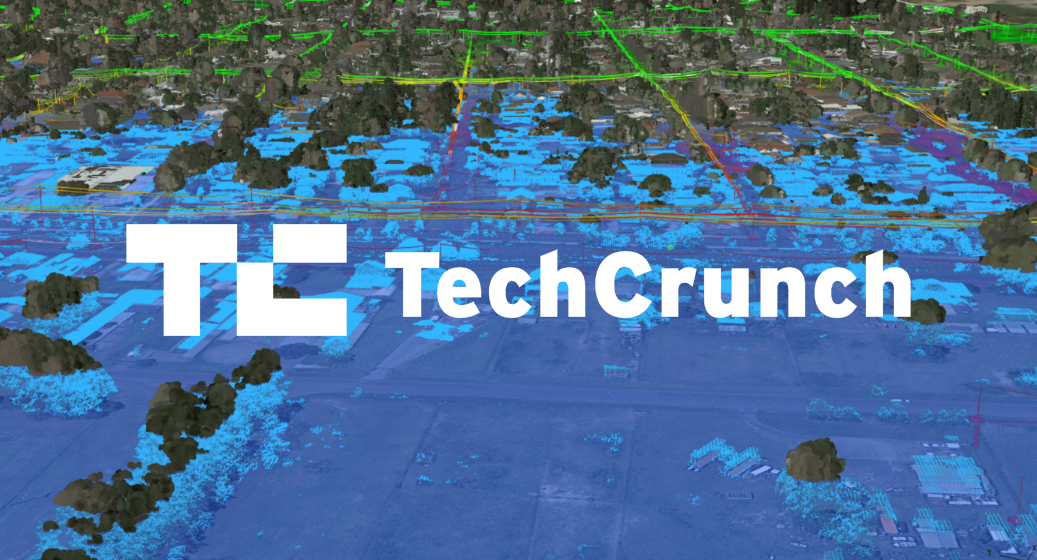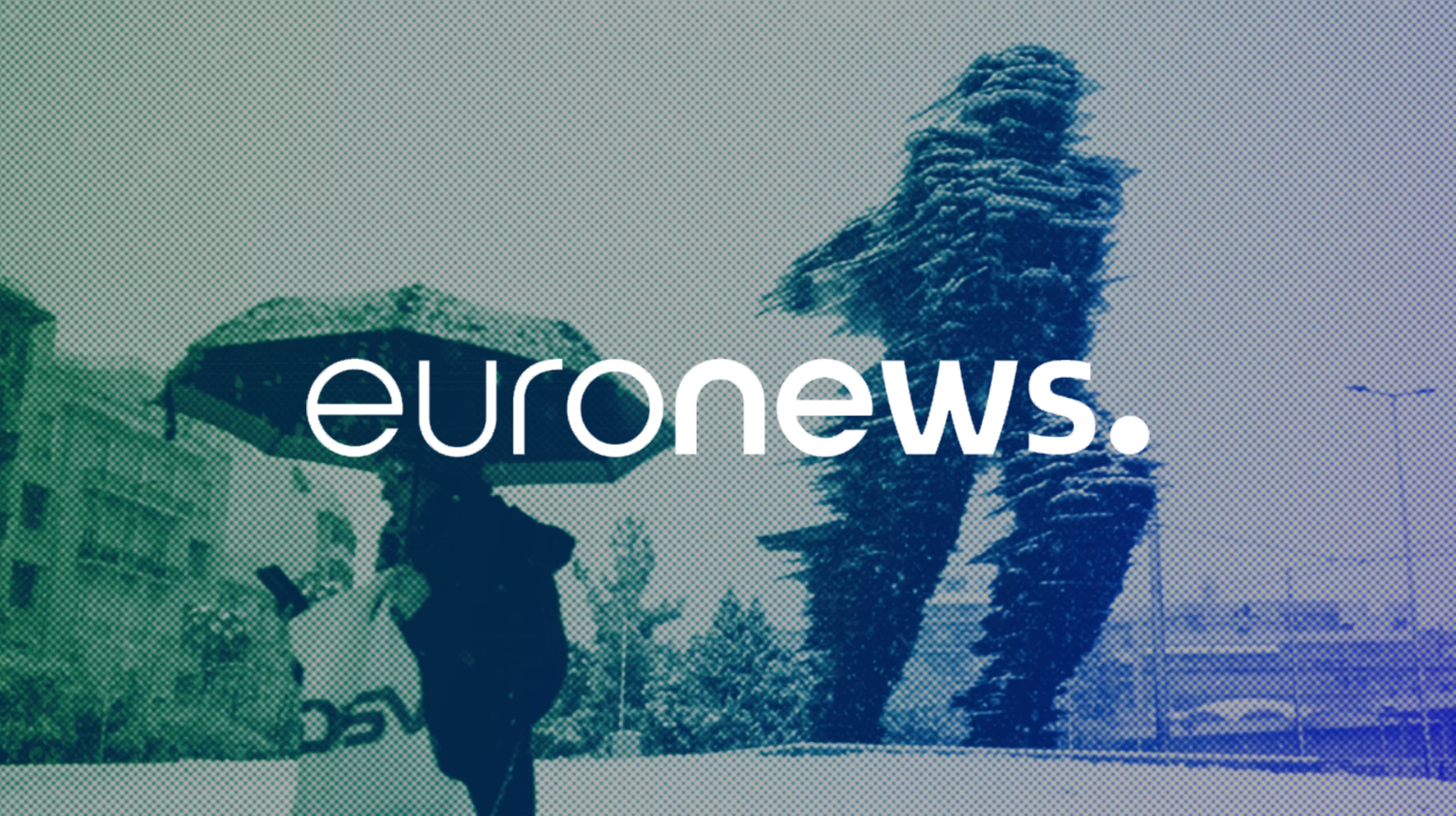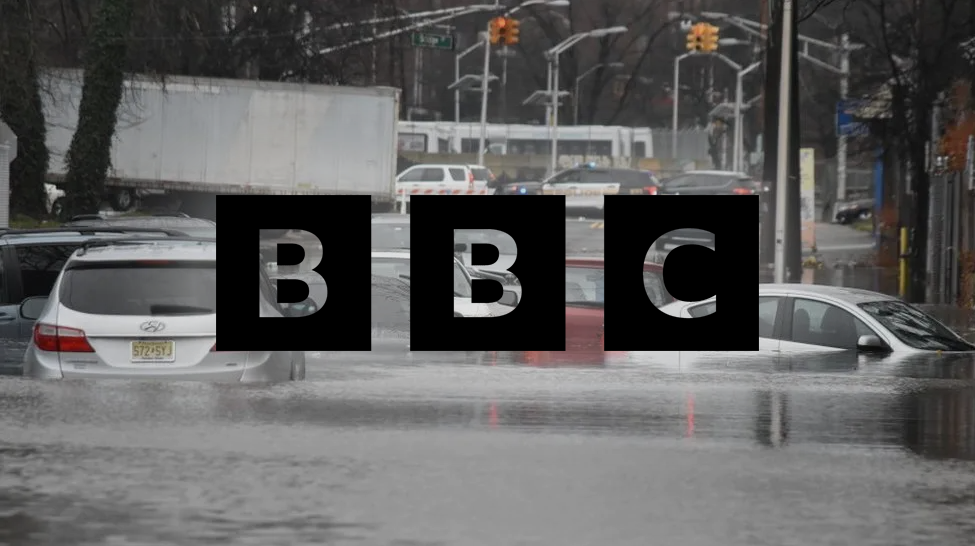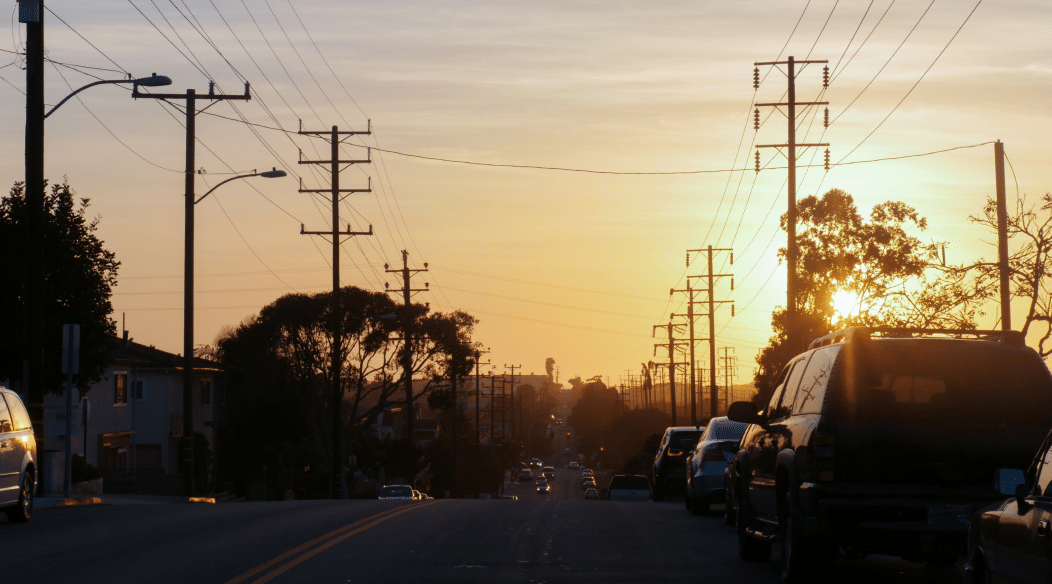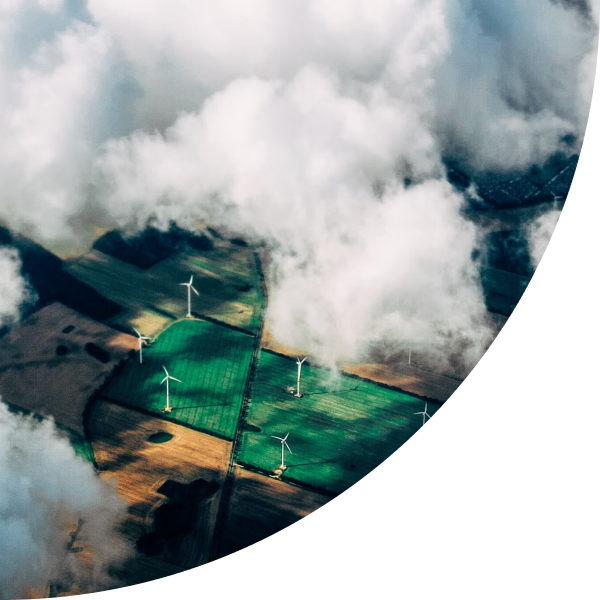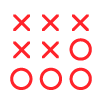Introduction
A US utility with millions of customers in a wildfire-prone region partnered with Neara to substantially reduce vegetation risks across their network and identify them up to 10x faster.
Before engaging Neara, the utility had robust vegetation management operations and helped pioneer some best practices in the field — their forward-thinking, data-savvy team had begun collecting LiDAR data across the high-fire threat districts (“HFTD”) across their vulnerable distribution territory before many others followed suit. However, with wildfire season growing increasingly severe every year, the utility’s executive team sought ways to level up their vegetation management program further.
Especially with many utilities now required to publish wildfire mitigation plans annually, the urgency has never been higher, and the utility was eager to do everything possible to reduce wildfire risks.
Challenge
Many utilities are finding that traditional vegetation management programs are not sufficiently robust to stand up to worsening fire risks. Utility networks are too large to have field crews’ eyes on everything all at once, particularly when field visits are intermittent and can only cover so much territory in a single visit.
“The challenge is that the inability to see everything at once makes it very difficult to prioritize which vegetation encroachment risks need attention most urgently. Even if it were practical to increase field visits, we’d be guessing where to send crews. Not knowing where our vegetation risks are means not knowing where our wildfire risks are, and that’s not a risk we are willing to take,” said a utility executive team member.
Still, entrusting a critical element of life-saving operations to technology can be a leap of faith. The utility’s first step in engaging Neara to help drive vegetation management operations and wildfire risk mitigation was delegating LiDAR classification, previously done manually in-house, to Neara’s technology.
The initial project focused on a handful of disparate areas of the network’s territory, including a complex, heavily populated residential area and a more rural, heavily forested area featuring substantial vegetation diversity. In both instances, Neara’s classification achieved 95% accuracy, setting the stage to start operationalizing the model to drive more effective vegetation management and wildfire mitigation operations that would ultimately leave the team with the peace of mind they sought.
Solution
It wasn’t long before the utility was conducting field inspections digitally using Neara’s 3D digital network model instead of relying on manual, on-site field inspections — it quickly became clear that the model was the fastest way to identify vegetation risks. Neara’s model enabled the inspections team to run simulation analyses leveraging variables that would affect vegetation risks and, thus, wildfires. As a result, the team unlocked broader and deeper visibility across their entire network.
Using Neara’s 3D model and simulation analysis, the utility has saved over 1,000 field visits in the first nine months, identifying and prioritizing vegetation risks nearly 10x faster than they previously could.
“Integrating Neara’s simulation functionality into our operations has introduced new standards of speed, thoroughness, and consistency to our inspections that we’re excited to have codified. We believe this will be instrumental in helping us reduce fault risks by more than 50% in our first year,” added the utility’s Vegetation Program Manager.
Regulators, too, are paying close attention to wildfire mitigation and as a result, regulatory data requests are increasing fast in vulnerable regions. Because the utility is using Neara to help drive data-driven operations, they’ve been able to spend significantly less time on administrative work and fulfilling data requests because the model offers an accessible, data-driven audit trail.
“Neara has helped create a virtuous cycle in our operations. We’re finding risks faster, which means we can eliminate those risks faster, and then we can easily explain what we did and why. This significantly lowers the bar for when we ask for budget to better protect our network with grid hardening initiatives. It’s much easier to get what you’re asking for if you can clearly explain what you’re already doing.”
Check out our Vegetation Management and Wildfire Mitigation solutions
READ LESS

